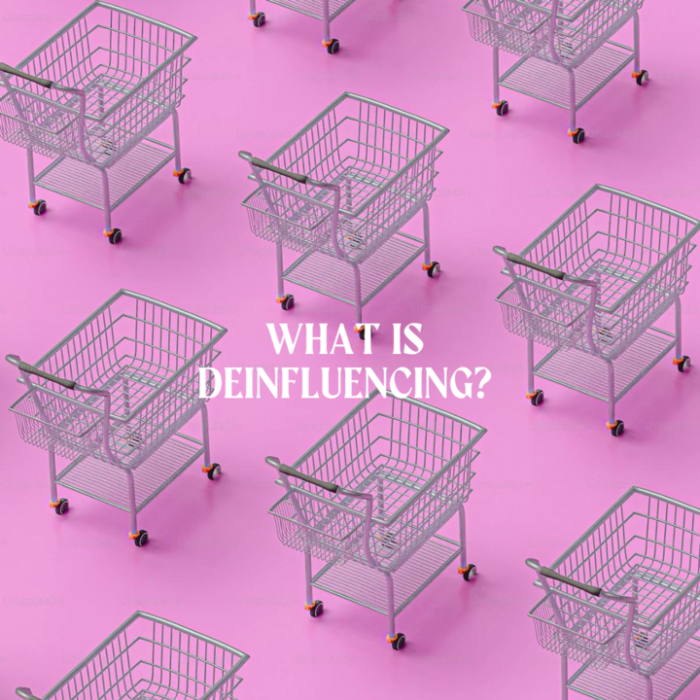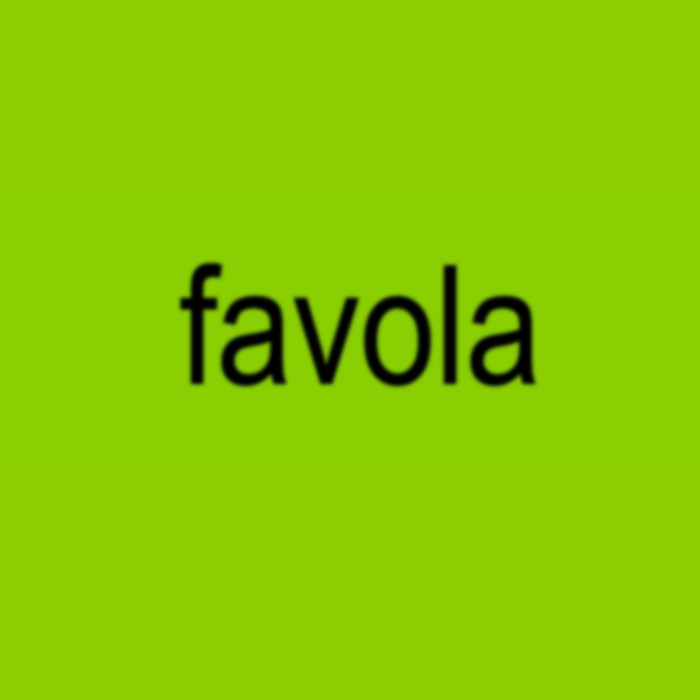In the age of digital marketing, where influencers have amassed extraordinary brand values and hold significant sway over consumer behaviour, a new trend has emerged on social media platforms like TikTok. Meet the ‘deinfluencers’ – a group of social media creators who have taken it upon themselves to dissuade viewers from buying certain products and expose the exaggerated claims made by influencers. This wave of deinfluencing has the potential to disrupt the carefully crafted digital marketing campaigns of retailers and brands.
The term ‘deinfluencing’ gained traction at the start of the year, as creators started urging their followers not to purchase certain items or expressing their criticisms of popular brands and products. The hashtag #deinfluencing quickly gained momentum, particularly in the beauty and lifestyle markets. Deinfluencers aim to challenge the profit-driven promotion of products by traditional influencers. While influencers often endorse products solely for financial gain, deinfluencers seek to turn the tide and offer authentic, honest opinions.
Deinfluencing not only provides creators with a fresh approach to build credibility, but it also helps them differentiate themselves in an increasingly saturated influencer landscape. It serves as a response to the phenomenon of social media pile-ons, exemplified by the recent ‘MascaraGate’ incident on TikTok.
Influencer Mikayla Nogueira faced backlash after being accused of wearing fake eyelashes while promoting L’Oréal’s lash-enhancing product. This incident shed light on the potential pitfalls of influencer marketing, sparking a demand for more transparency and honesty.
However, it could be argued that influencing and deinfluencing are two sides of the same coin. Both activities generate engagement, just in different ways. While deinfluencing may provide short-term credibility and honesty, it poses challenges for influencers who rely on brand endorsements for their long-term careers. Influencer brands have been struggling lately, with Sephora ending partnerships with Selfless by Hyram and Item Beauty by Addison Rae, and Morphe’s celebrity-backed stores going bankrupt. Tarte, a cosmetics brand owned by Kosé, faced severe criticism for organising a lavish influencer trip during a global economic crisis, raising questions about the tone-deafness of such events in 2023.
The rise of deinfluencing is not limited to economic factors. It reflects conversations happening online about reducing consumption and decluttering one’s life. Many young users have challenged themselves to refrain from purchasing new items and have started discarding unnecessary possessions. These discussions have also brought attention to ill-advised purchases, particularly in the realm of beauty products.
Influencers on TikTok often feature an Amazon storefront in their profiles, and inexpensive merchandise tends to perform well. Most influencers earn money by selling these items through commission-based models or upfront fees from brands.
Monetising deinfluencing presents a significant challenge. While authenticity may be appealing to consumers, it remains to be seen whether brands will embrace this approach. Influencers may need to find new avenues to generate revenue and maintain their influence while navigating the changing dynamics of consumer preferences. The revolution of deinfluencing has arrived, and its impact on the future of influencer marketing is yet to be fully understood.






